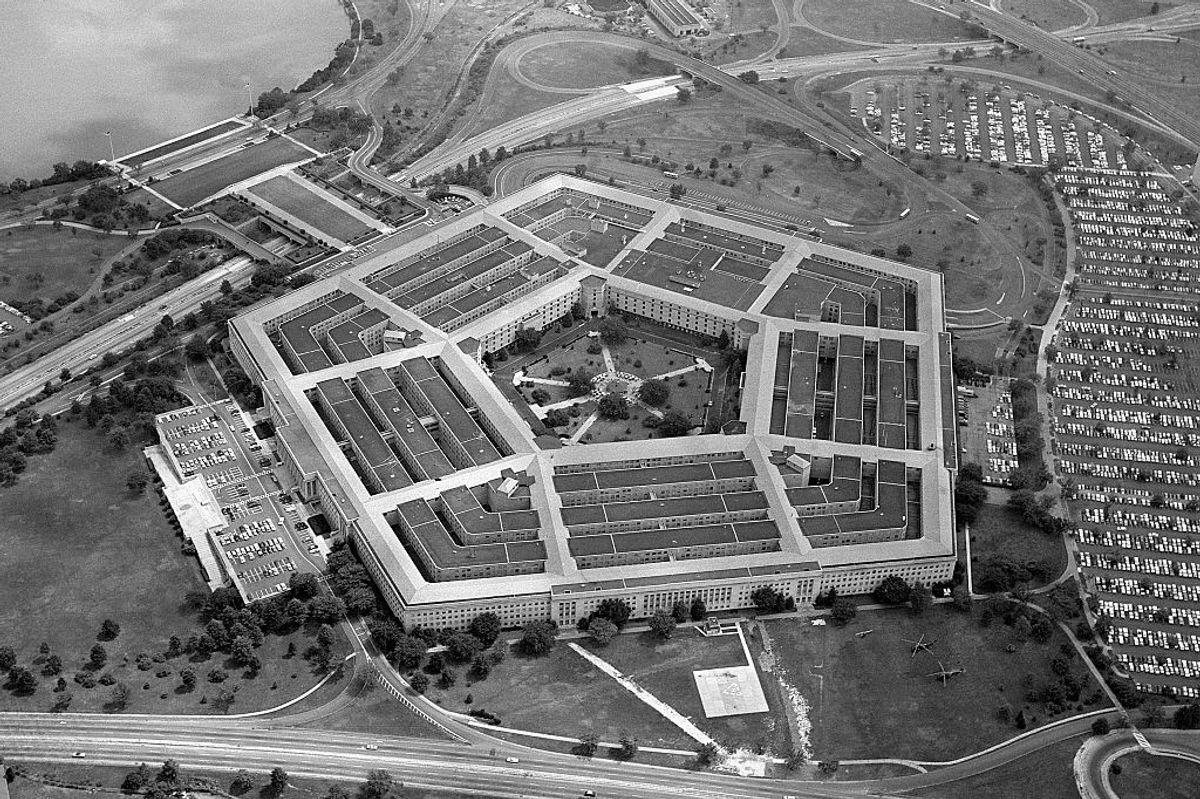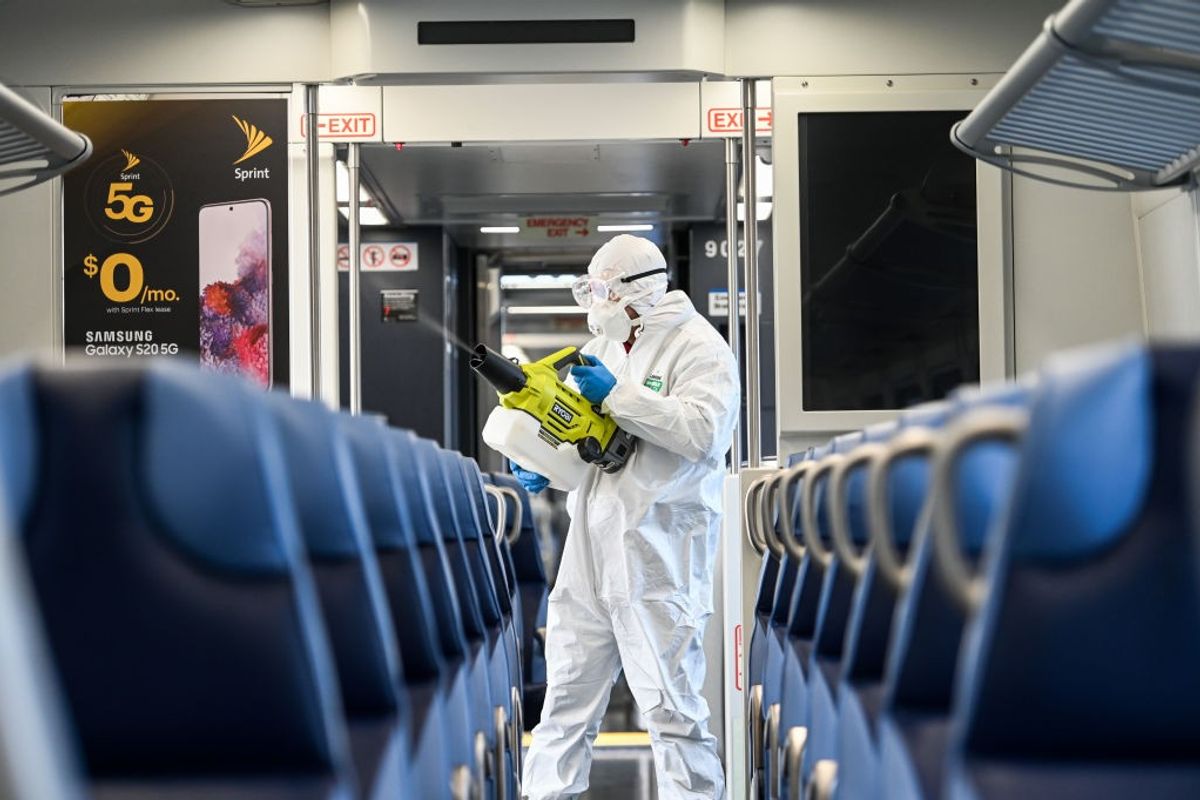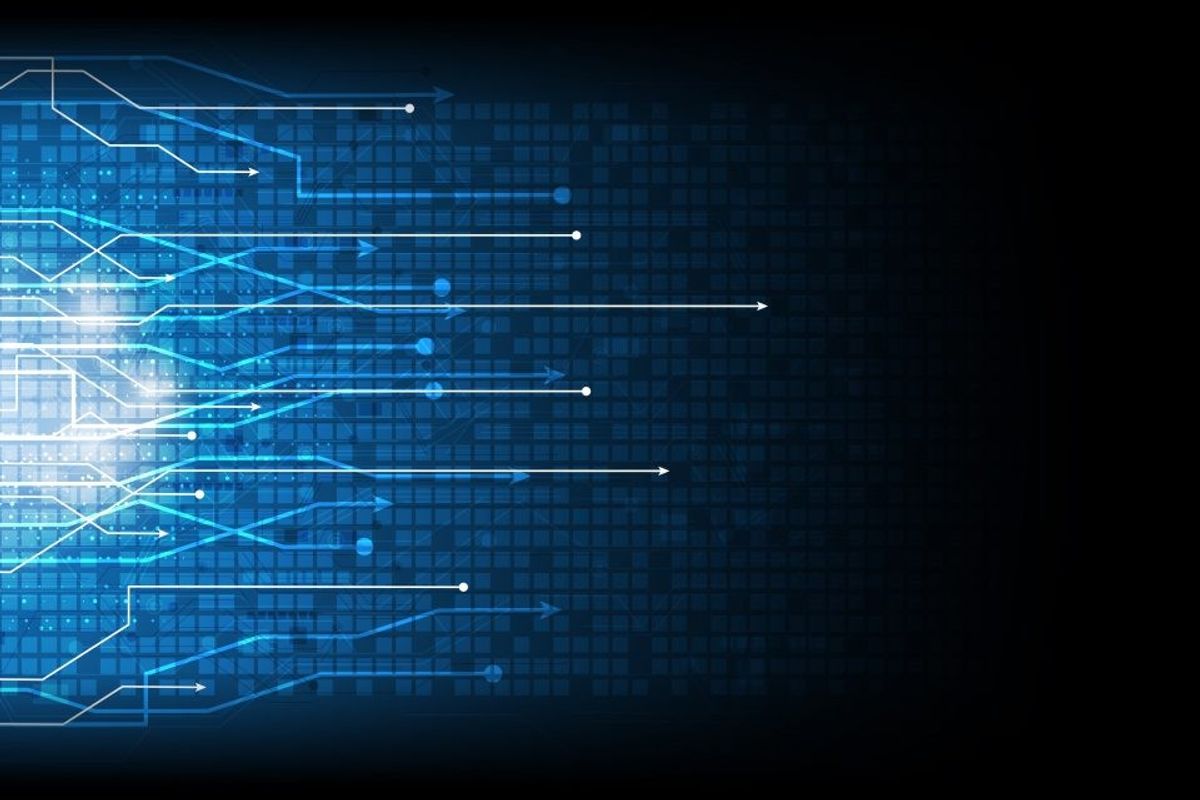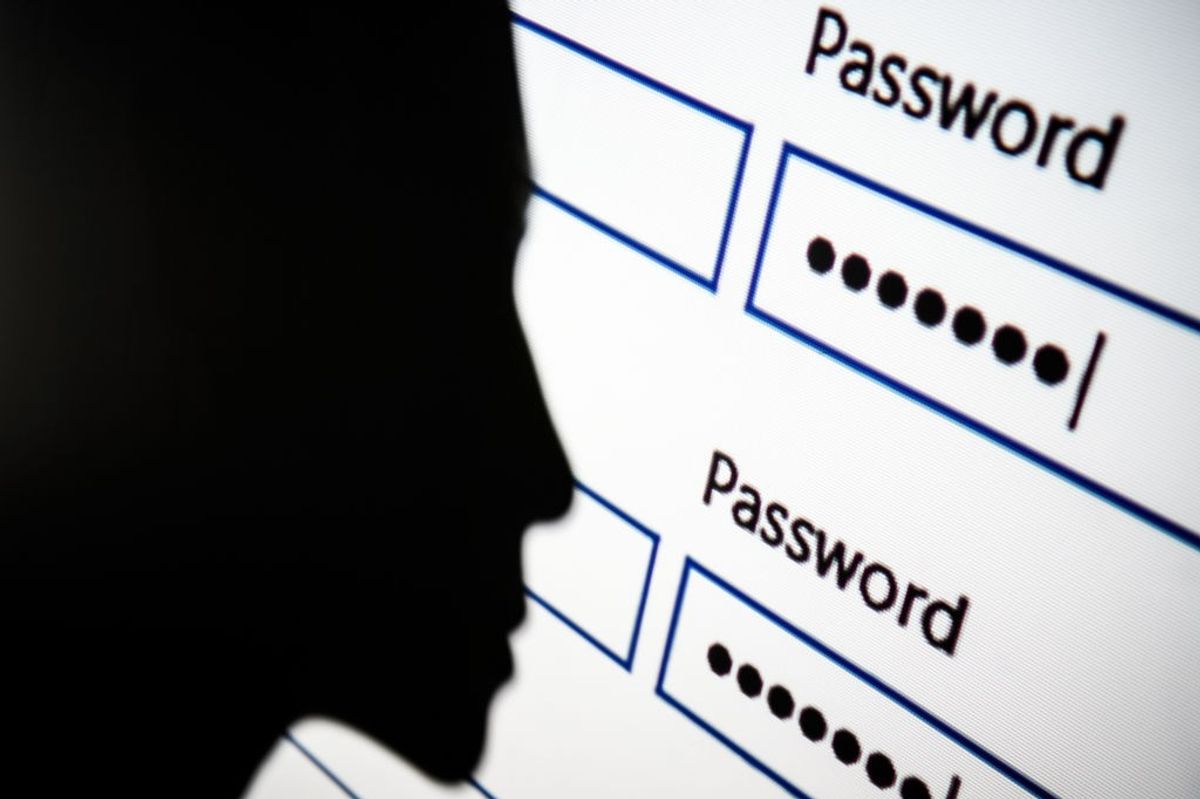EXPERT INTERVIEW — Undersea cables have been dominating the headlines in recent months - specifically, repeated episodes in which damage has been done to this unseen yet critical element of global infrastructure. Hundreds of thousands of miles of cables run along the sea floor, key pieces in networks of global communications and the world’s financial system, and in the Baltic Sea and most recently in the waters off Taiwan, undersea cables have been cut. It isn't always clear whether the damage is accidental or intentional, but Chinese and Russian vessels have been accused in the latest incidents of damaging cables in apparent acts of sabotage.
The Cipher Brief turned to Nick Thompson, a former CIA paramilitary officer and expert on the subject, to assess the threat to undersea cables and what can be done to protect them. Thompson warned that as bad actors around the world increasingly turn to subterfuge and gray zone activity, the risks to undersea infrastructure will be heightened. “I think it's widening from what we've seen traditionally, [with] Russia and China,” he said. “It’s probably going to take place in other areas around the globe."
Thompson spoke with Cipher Brief Managing Editor Tom Nagorski. This conversation has been edited for length and clarity. Watch the full discussion on The Cipher Brief YouTube channel.
Nagorski: Authorities in Taiwan are investigating a Hong Kong-owned vessel that has apparently damaged one of these undersea fiber optic cables not far from Taiwan. Can you tell us what you know about this particular incident?
Thompson: It’s been a busy 90 days in the undersea cable world. In this latest incident on January 3rd in Northwest Taiwan, we have a Chinese-named vessel that is registered to Cameroon. We've got reports of this vessel using its AIS - its automatic identification system - at times, and then turning it off. Long story short, we had another cable severed. The Taiwanese Coast Guard launched a team [in response]; this happened in territorial waters of Taiwan. Unfortunately, they were not able to put somebody on the vessel, in a board, search and seizure scenario. The vessel denied requests to stay in the area for an inspection and it sailed on its way towards South Korea. Now the Taiwanese have reached out to the South Koreans. They've requested assistance.
Nagorski: How does an investigator know whether something like this is an accident or sabotage?
Thompson: It depends, but the narrative of, "We accidentally dropped an anchor and then we dragged it for 10, 20, 100 nautical miles before we accidentally cut the cable" is very, frankly, silly. If I'm on a 20-foot sailboat by myself, setting the anchor is a little bit of an art. So when you're talking about vessels that are 700 feet long, 100 feet wide, that is a big piece of machinery going to the sea floor. The whole anchor theory of, "We accidentally did this," is frankly just absolutely ridiculous.
Nagorski: Talk a bit if you would about what we've seen in this same vein in the Baltic Sea.
Thompson: The Baltic incidents are very interesting, one in November and then we had a December event, around Christmas. Starting with the November event, that was a Chinese vessel. There's some indication that maybe the Chinese state was not behind that, and that maybe Russian intelligence bribed a crew member. There was at least one Russian crew member on that vessel. So maybe that was just a pay for play - do this damage, kind of a quick down and dirty operation. That was two cables — one was Sweden to Lithuania and the other was Finland to Germany.
As for the December event, that’s a suspected Russian shadow vessel, the Eagle S. Finland actually seized the vessel. I think a lot of people applauded that. That hasn't really happened, another country seizing the vessel in question. And they've actually raised the anchor, they've actually inspected it. It's kind of TBD what happens with the crew members. Are they going to face some kind of charges? That’ll be really interesting to see how it plays out.
Everyone needs a good nightcap. Ours happens to come in the form of a M-F newsletter that provides the best way to unwind while staying up to speed on national security. (And this Nightcap promises no hangover or weight gain.) Sign up today.
Nagorski: What do these undersea cables do and what happens if they are cut?
Thompson: It’s probably underestimated, the importance that they play in our everyday lives, but there's really three major pillars that they hit: it's economic, comms, and just regular internet. But on the economic side, trillions of dollars in transactions. Undersea cables tend to be cheaper, more reliable than satellite service.
But they’ve been traditionally vulnerable. Sometimes they're just laid on the sea floor. Maybe they're buried, but they're not buried very deep. It's usually public, unclassified information of where they are. So we have an idea of where they are.
They've frankly been flying under the radar a little bit. The Taiwanese, I think, probably understand this better than most — the resiliency and the redundant comms piece. This most recent attack, January 3rd, I think it's a good-news story that the data was rerouted to another undersea cable. But I also think we need to be looking at LEO (Low Earth Orbit) constellations to where you could even reroute resilient communication data flow from subsea into space. I think that's gradually gaining momentum.
But to speak to your original question, how important is it? We’re talking military communication, and then think about how much we depend on our lives just for regular internet. Some of those military communications are encrypted. Some of them probably aren't. Some countries are more susceptible to other undersea types of sabotage to include espionage, bending fiber and stealing data that way.
Nagorski: Are there other things that the United States or other countries should be doing to mitigate against this? How protected are we?
Thompson: I mentioned the resiliency of looking at rerouting information. I think enhanced monitoring, subsurface and air, especially in the realm of autonomous systems, that's going to free up other manned assets that have other really important missions. AUVs (autonomous underwater vehicles), you have hydrophones that could be listening, you have unmanned surface vessels maybe as deterrents. And then you could also even have unmanned rotary and fixed wing surveilling the area, especially places that are probably vulnerable.
I really like the seizure that happened. Stop and searching, having rapid response teams that feed into repair. People don't usually understand how expensive ships are on a day-to-day cost. But if you talk about smaller ships, lean crews that can get places very, very quick, use an AUV to maybe find the area, AUV into an ROV (remotely operated vehicle) operation maybe for the repair. Maybe you've already done some rerouting, intelligent routing, as I say, on the data. You could be up and running very, very quickly potentially.
Nagorski: You told us when we last spoke about this that “the geopolitical landscape was throwing gasoline on the fire” of the undersea cable issue. Can you explain what you meant by that?
Thompson: I was thinking about where is this headed? I think it's going to be increased covert ops targeting strategic locations and conflict zones. What we've really seen is the Russian model, the Chinese model. But let's not forget, what are the Iranians doing? You have [the Iranian port] Bandar Abbas, they have a huge coastline there. You have the Straits of Hormuz. You have the North Koreans now. They're pushing troops obviously to help the Russians. What are they doing with their nuclear aspirations? I think it's widening from what we've seen traditionally, [with] Russia and China. It’s probably going to take place in other areas around the globe.
Read more expert-driven national security insights, perspective and analysis in The Cipher Brief because National Security is Everyone’s Business.
















